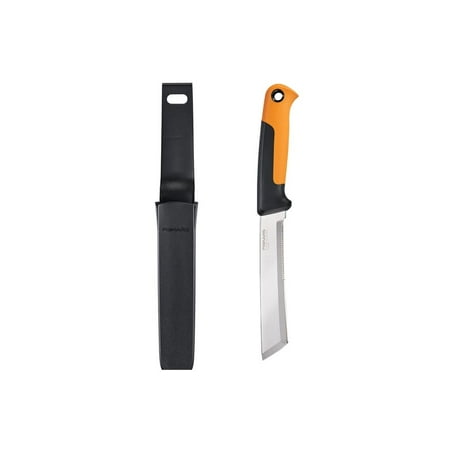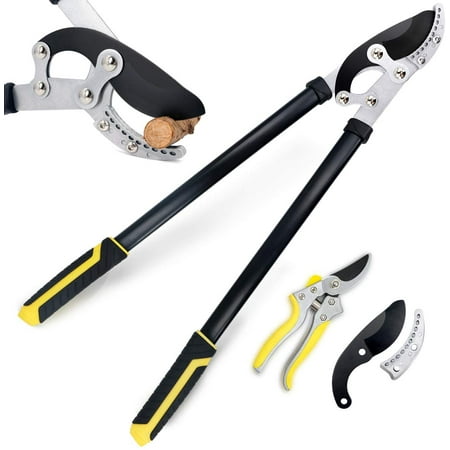When to harvest delicata squash – tips to pick, cure, and store fruits from an experienced grower
These are the signs you need to know that show a delicata squash is fully ripe


Growing and harvesting delicata squash doesn’t need to be complicated or confusing. Delicata squash (Cucurbita pepo) is a crop sown in spring to grow through summer and be harvested in the fall. When picked, cured, and stored correctly the fruits can be kept for up to six months.
This variety of winter squash has cream-colored striped fruits and orange flesh boasting a sweet and nutty flavor. Delicata is also known as the sweet potato squash, due to its similar taste and texture.
I grew and harvested delicata squash for chefs in a vegetable garden in the UK and learnt how to identify the ripeness of many winter squash. Understanding when to harvest delicata squash, along with how to cure and store the fruits, is important to guarantee flavorful fully ripe fruits to use in a variety of dishes.

Harvest delicata squash when the final cream color develops
When is a delicata squash ready to pick?
Delicata squash is an easy vegetable to grow in a backyard vegetable garden. Plants quickly produce sprawling vines and can grow up to five delicata squash per plant.
If this is your first year growing delicata, or you are new to growing squash, it may be tricky to tell when the fruit is ready to pick. Through growing many winter squashes, including delicata, over several years I have picked up a few tips to pass on about harvesting, curing, and storing squashes.
When to harvest delicata squash

Delicata squash are harvested from late summer onwards
Delicata squash seeds are either sown indoors in spring in cooler climates or planted directly into the soil in warmer climates after the last frosts in spring. The winter squash needs a sunny position in the backyard, in a fertile soil type, and to be kept well-watered and fed throughout the summer. When planning your kitchen garden for the year, refer to seed packets to check the predicted days to maturity for the particular variety you are growing.
The growing season tends to be around 80-100 days in total as the delicata squashes are typically ready to harvest between 50-55 days from the fruit starting to set. The window to harvest delicata squash runs from late summer through fall. The prime harvesting months are often September and October - for example, I often harvested my winter squash in the final weeks of September - but all the delicata squash must be lifted before the first frost.
Design expertise in your inbox – from inspiring decorating ideas and beautiful celebrity homes to practical gardening advice and shopping round-ups.
There are a few tell-tale signs to show you the time is right to harvest delicata squash. More often than not, it comes down to the fruit’s color, the rind’s firmness, and how the vine looks.
- Color - A delicata squash will be cream or yellow when it is time to harvest. The fruit may have green stripes, depending on the variety, but it should not be predominantly light green - this will be a sign of unripe fruit.
- Rind - The ripeness of delicata squash, as with any other winter squash, can be easily tested using your fingernail. If you press a fingernail into the rind, it should be firm and not easily pierced.
- Vine - The vine of the delicata squash plant should turn brown and dry. The stem, the part of the vine attached to the fruit, will be hard and woody when the fruit is fully ripe.
How to harvest delicata squash

Harvest delicata squash when the stem is woody
It is simple to harvest delicata squash, but it is important to handle fruits carefully and to use clean and sharp garden tools when picking the fruits. Using pruning shears or a sharp knife, cut the fruits from the vine leaving a few inches of stem attached. It is key to be careful, as the storage life of the squash will decrease if the stem is detached from the fruit.
After harvesting, delicata squash needs curing ahead of being stored. ‘Curing is a process where the fruit rind hardens, allowing longer storage life,’ explains the experts from the University of Minnesota Extension. ‘Delicata squash can be cured outdoors if warm (80-90°F), rainless days are forecast at harvest time. Simply sever the fruit from the rest of the plant and let it sit in the field or garden for 7-10 days, or until nicks and small cuts are scabbed over.’
I was never fortunate enough to be able to cure delicata squash outdoors in the UK. An alternative is to cure the fruits in a covered spot protected from the elements and with good air circulation. I did this in an unheated greenhouse, but a cold frame or porch can also suffice. Allow them to cure for a week or two until the skin hardens, but regularly check the delicata and any that develop soft patches, or show signs of rot, should be thrown away.
Once cured, delicata squash can be stored in a cool and dry place with 50% relative humidity at around 50-55°F for up to six months. The fruits can get damaged if temperatures drop below 50°F.
Shop harvesting tools
FAQs
How big should delicata squash get?
An average delicata squash reaches 6-8 inches long and three inches wide. The elongated fruits often weigh between 1-2 pounds. The size of the fruits will depend on the variety, how plants are maintained, and the weather conditions during the season.
Can you leave delicata squash on the vine too long?
Delicata squash wants to fully ripen on the vine, as they will not continue ripening after harvest. However, if you leave the fruits on the vine too long the skin can get tough - and one of the unique characteristics of delicata squash is that it has edible skin, unlike many other winter squash. The longer the fruit is left on the vine, the more it risks starting to rot on wet ground and it needs to be harvested before any frosts.
Looking at the color, firmness, and stem are common ways of checking whether any winter squashes are ready to harvest. If you are establishing whether to harvest acorn squash, spaghetti squash, or butternut squash, those three markers are always recommended as a go-to method to ensure the fruits are ripe and ready to pick.

Drew has worked as a writer since 2008 and was also a professional gardener for many years. As a trained horticulturist, he worked in prestigious historic gardens, including Hanbury Hall and the world-famous Hidcote Manor Garden. He also spent time as a specialist kitchen gardener at Soho Farmhouse and Netherby Hall, where he grew vegetables, fruit, herbs, and cut flowers for restaurants. Drew has written for numerous print and online publications and is an allotment holder and garden blogger. He is shortlisted for the Digital Gardening Writer of the Year at the 2025 Garden Media Guild Awards.


